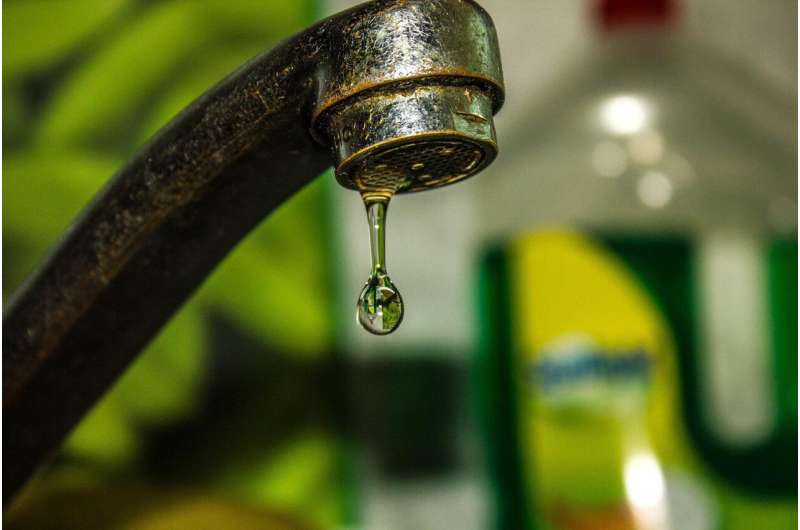Can water quality trading effectively reduce water pollution?

Water quality trading has been proposed as a way to address water pollution, where one source of pollution is allowed to emit a pollutant at levels greater than required by buying "credits" from another source that is able to control pollution levels below the required threshold. An article published in Contemporary Economic Policy provides a comprehensive review of experiences with water quality trading programs worldwide over more than four decades.
The authors note that one of the biggest challenges of making water quality trading programs work is that agricultural production, an important source of pollution in many watersheds, remains largely unregulated.
"There is potential for water quality trading to evolve further and serve as a cost-effective pollution control instrument, but this requires nudging political will, in particular creating regulatory drivers for all pollution sources, streamlining competing policy programs, and making costs and benefits of trading clear and visible to all program participants," said corresponding author Haiyan Liu, Ph.D., of the University of Waterloo, in Canada.
More information: Haiyan Liu et al, What is the future of water quality trading?, Contemporary Economic Policy (2022). DOI: 10.1111/coep.12583
Provided by Wiley





















